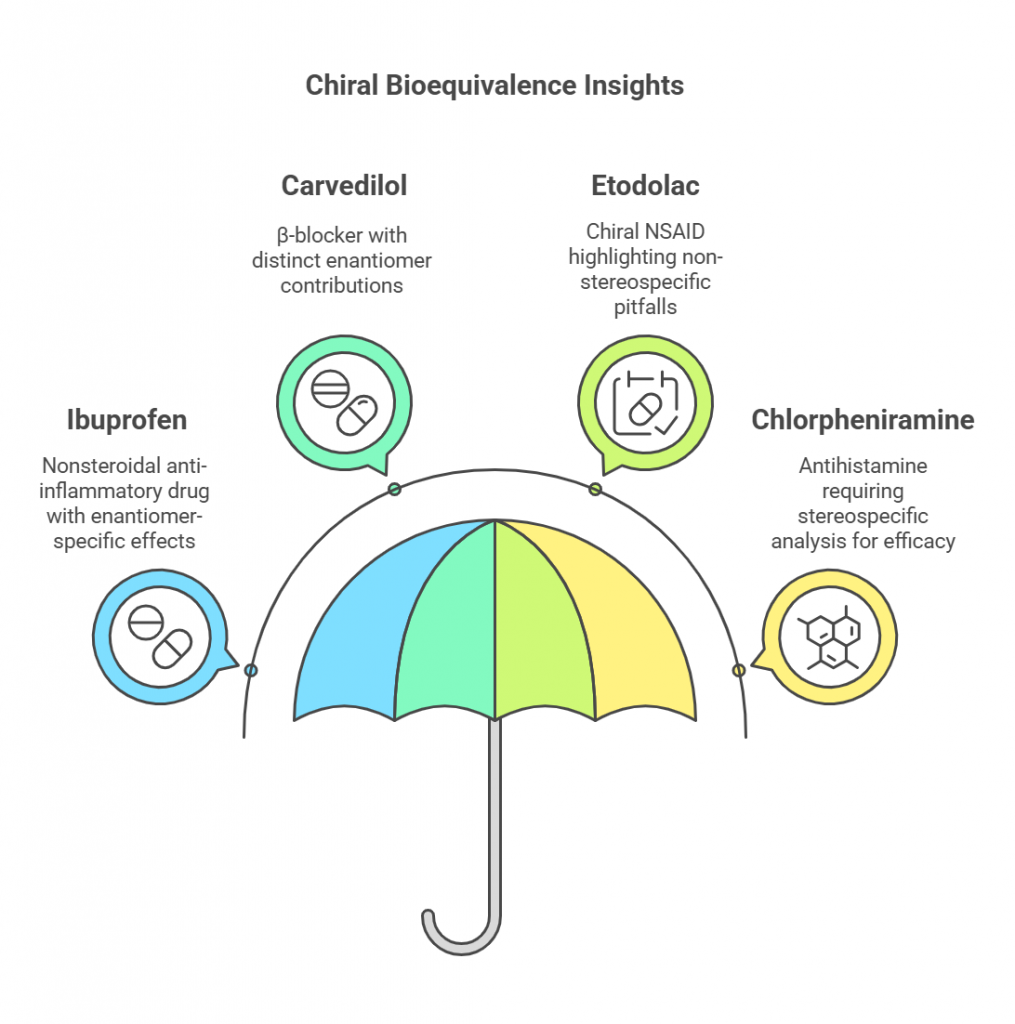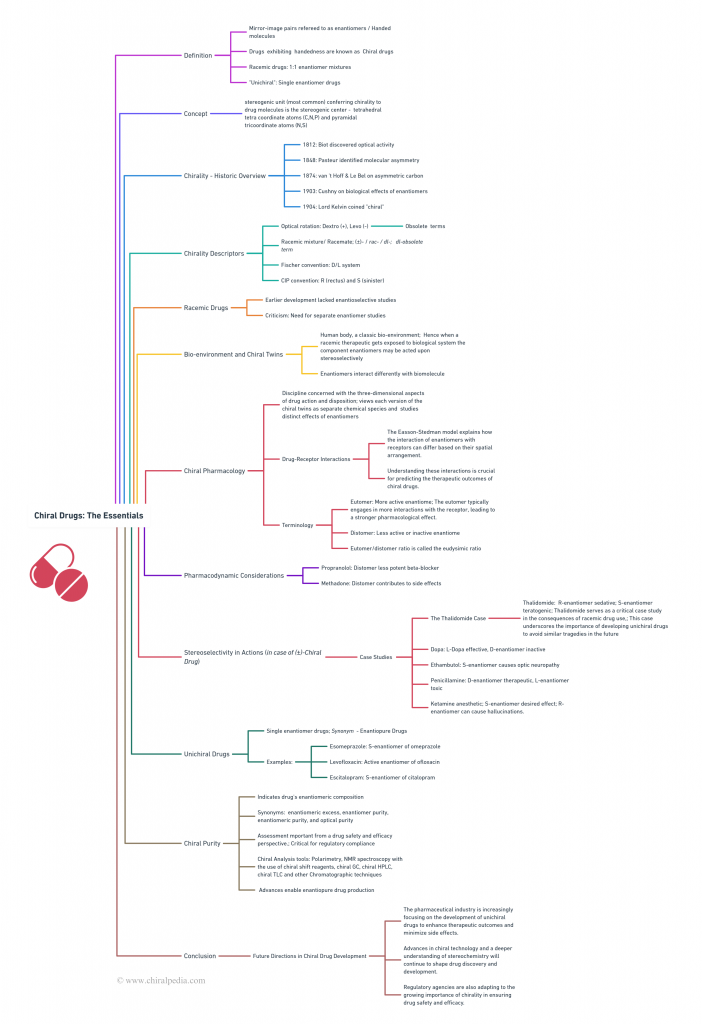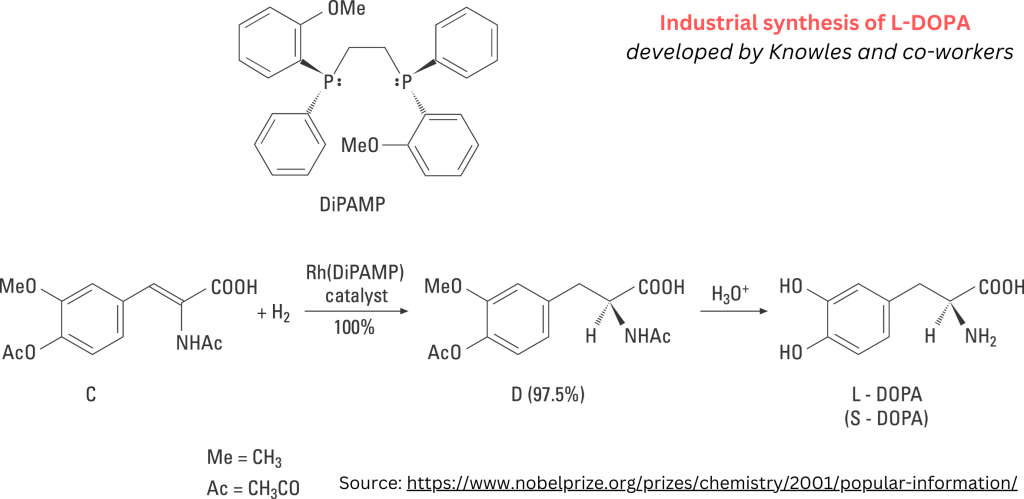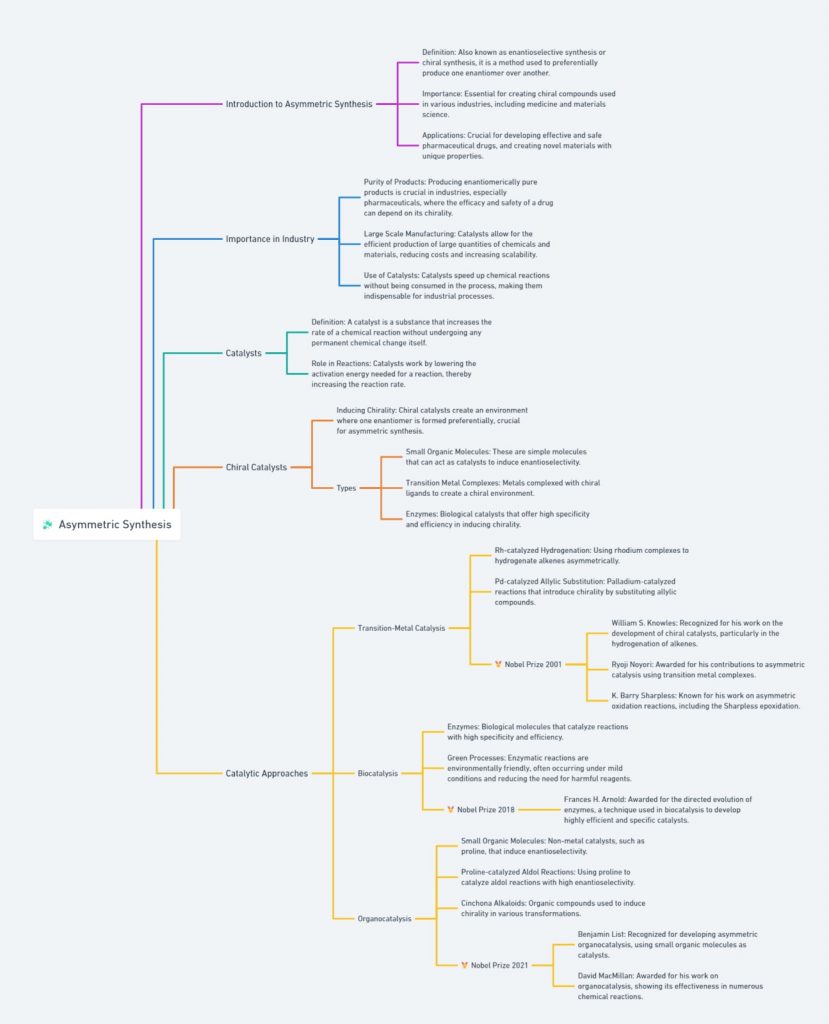The Fundamentals of Chiral Resolution: Why Chirality Matters
Lead Chirality, a term derived from the Greek word “cheir,” meaning hand, is a fundamental concept in chemistry and biology that refers to the geometric property of an object not being superimposable on its mirror image. Much like our hands, chiral molecules exist in pairs known as enantiomers, which are mirror images of each other but cannot be aligned perfectly. Despite having the same molecular composition, these enantiomers can behave differently in biological systems due …
The Fundamentals of Chiral Resolution: Why Chirality Matters Read More »









